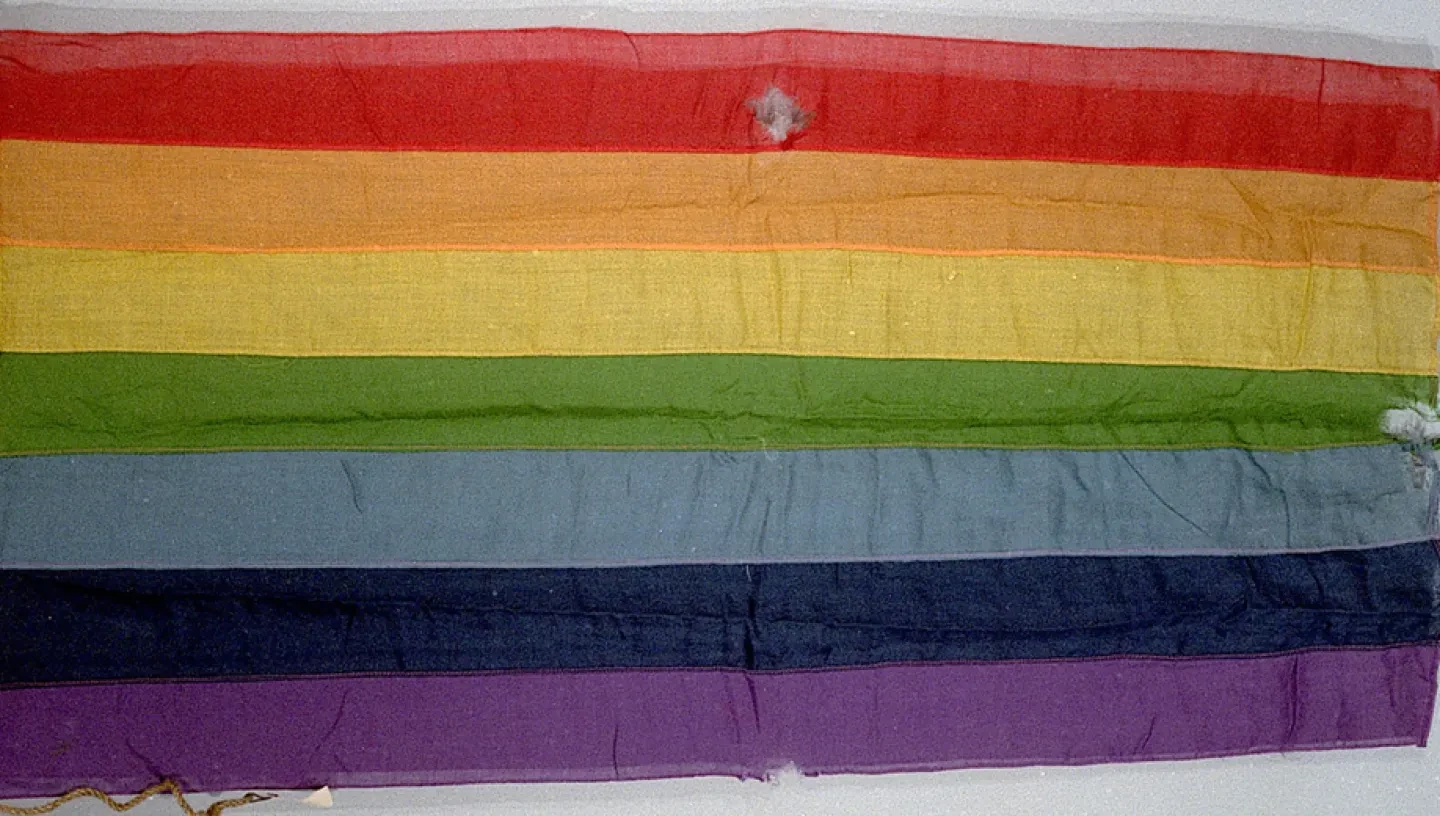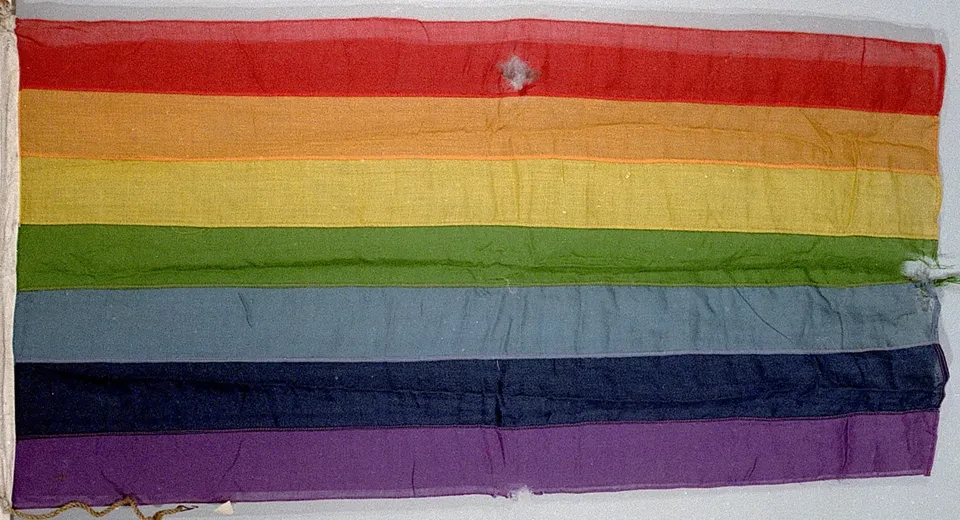
As part of LGBT History Month author and LGBT/gender historian, Jo Stanley, discusses queer history in the navy.
Queer people have always worked on ships, ‘rum, bum and baccy’ were famously the classic ingredients of the Royal Navy. But it’s a bit more complicated than that. People at sea in the Merchant Navy, Royal Navy and Royal Fleet Auxiliary made all sorts of choices - against huge odds - about who they wanted to be and who they wanted to love. (That’s why the rainbow flag is such a useful symbol of diversity.)

How is sexual and gender diversity different for seafarers than for the more usual occupations on land, say bank teller or beautician? Hotel jobs often attracted men who chose same-sex love. But far more ‘queer sexual activity’ happened in the ‘floating monasteries’. This is partly because people with loosened home ties tend to have contingent sex. (That’s why brothels flourish near railways stations and HIV-AIDS epidemiologist conduct educational activities in airports). But ships are particularly hypersexualised, testosterone-fuelled places. Away from land norms for months, unlike planes and trains, there was time for relationships and new ways of orienting yourself to develop. ‘Everything’s gay when you’re under way’ became a common adage.
'Homosexual' is a relatively recent term. In the past, men had sex with each other but didn’t necessarily have a ‘gay identity’. Often shipboard same-sex relations were contingent. Crew, and officers too, became close. It was an extension of the comradeship that emerges when people’s lives depend on their co-workers. Homoerotic platonic love was not uncommon. And people sometimes loved or had various sorts of sex with each other as part of the ’Work hard, Play hard’ lifestyle, or to assuage loneliness. It could be akin to jails or public schools – fairly unremarkable. Dancing together, whooping it up in Duty-Free soirees, and dressing as females in the shipboard theatricals and rituals including Crossing the Line (Equator) ceremonies could extend to having affairettes together, and even ‘weddings’.
In the mid-20C some LGBT*Q merchant seafarers were straight family men at home, but always had male partners at sea, and never thought of themselves as bisexuals. Some seamen loved dressing up like Ethel Merman and Dusty Springfield. They could be tough manly men at work but dress as Hollywood divas at night. Stewards tended to be the biggest out group, often fancying butch deckhands or Marines.
Even today women are only 2 per cent of maritime workers so their history is smaller. Some female couples were on ship too. Others had intense, but not necessarily sexual, relationships. Misogyny meant they were often stigmatised and kept themselves private. Today the Royal Navy has many out and proud lesbian sailors.
Officers were the least out, not least because revealing their orientation would wreck their career, if not mean death. Queer captains and admirals were known. Royal Navy men had to be much more closeted than commercial seafarers. For 200 years from 1627 naval buggery was a hanging offence. The 1967 Sexual Offences act liberalised laws. But homosexuality on ships was still illegal in the Merchant Navy until 1994 and in the armed forces until 1999.
Progress in accepting diversity has been patchy. But now the Royal Navy has recently been announced number 10 in Stonewall’s top 100 gay-friendly employers. The new tolerant climate is one that the National Maritime Museum's activities for LGBTQ+ History Month mirror.